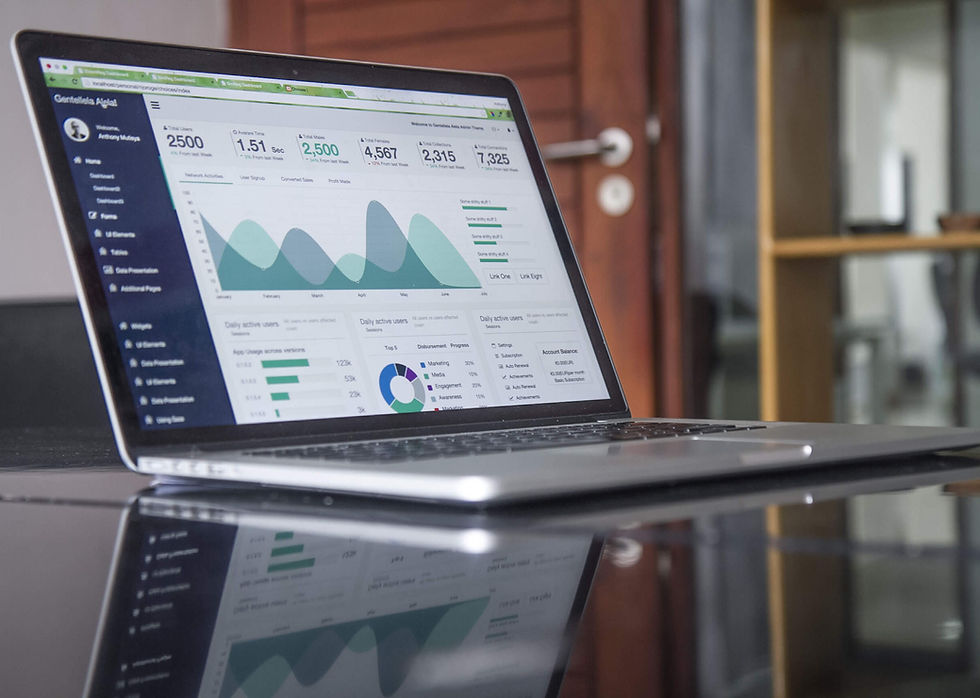You're Not a Doctor
- dacreativedesign
- May 17, 2020
- 2 min read
Updated: Jul 27, 2020

A few years ago, I was working with a company, and it seemed like everyone contracted the flu! So a new sick policy was introduced to try and stop the spread. One of the measures that was implemented was a back to work assessment after you had been ill. The HR manager would assess you on your first day back to see if you were well enough to return. I clearly remember when HR announced this to the company, and someone shouted out, "Your Not a Doctor…… why should you determine if I am well enough to return to work."
He was right. Our HR manager was not a doctor, nor did he have the expertise to determine how infectious someone was – the HR manager was just trying to manage a flu that had affected everyone in our office.
Dealing with employees returning safely to the office can be a steep path to navigate, especially when you have employees in different jurisdictions and during a pandemic. Many offices are looking at taking employees' temperatures. Our US team put together the most frequent Q&A's that we have been receiving:
When can an employer take an employees' temperature?
EEOC guidance permits employers to subject employees to temperature checks before arriving at work, but only where all employees are tested, and only as long as COVID-19 remains widespread in the community, as assessed by the U.S. Centers for Disease Control and Prevention (CDC) or state or local health authorities.
Should employers keep records of employee temperatures, and if so, how should they maintain them?
Records related to employees' temperatures can be kept, but they must be treated as a confidential medical record and therefore kept separate from an employee's personnel file. It often is unnecessary to retain information on employees who "passed" the temperature check, but if the employer does keep records, they must comply with all ADA regulations.
Who should administer employee temperature checks?
It's best to either retain a medical professional to administer the temperature checks or select an employee who has been trained on ADA requirements and employee privacy. The employer should also ensure the employee checking temperatures are wearing personal protective equipment (PPE) and following all protection measures applicable to individuals at very high risk.
Can taking an employee's temperature be a "next-step measure" of symptoms monitoring?
EEOC guidance permits an employer to send an employee home if the employee displays any symptom associated with COVID-19, including a cough, sore throat, or chills. In this instance, it's better to err on the side of caution and not bother taking the employee's temperature, but rather send them home instead.
What are the liability risks to employers when taking employees' temperatures?
Depending on the type of test, there are typically data privacy concerns. Where employers maintain records of temperatures can also prove to be a liability under state or local biometric laws. Additionally, employers in certain jurisdictions may be required to compensate nonexempt employees for the time they are waiting to be screened.




Comments